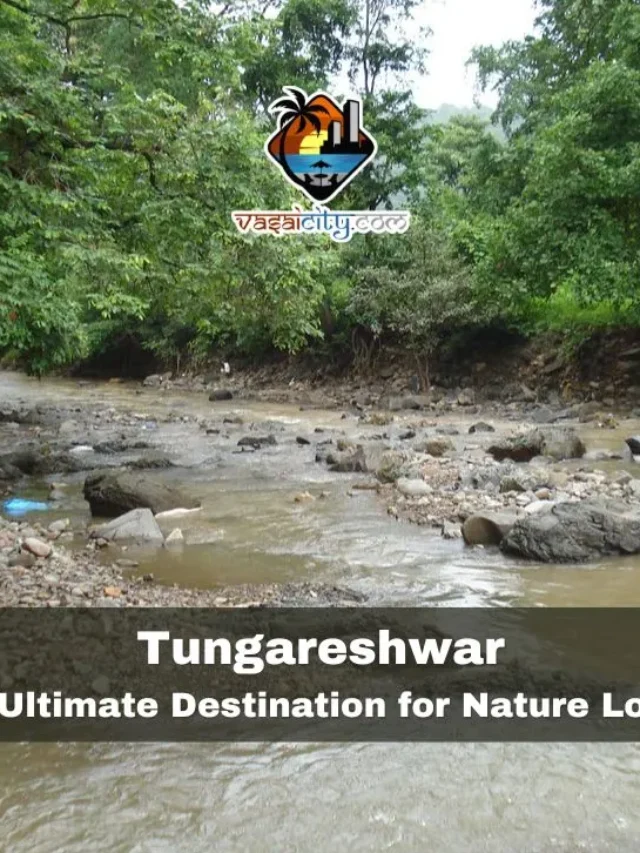Vasai: The construction of pedestrian bridges along the Mumbai-Ahmedabad National Highway is nearing its final stages. These bridges are being built in an effort to reduce the number of accidents involving people crossing the highway, which has been a recurring issue for many years. With seven out of the ten planned bridges almost completed, authorities are hopeful that this will bring much-needed safety to the residents living alongside the highway.
The Mumbai-Ahmedabad Highway connects several important areas including Mumbai, Thane, Vasai-Virar, Mira Bhayander, Palghar, and parts of Gujarat. This route is a lifeline for many who live in small villages and hamlets scattered along the highway. For residents in these areas, the highway is the only accessible route for commuting to nearby towns and cities. Unfortunately, crossing this highway on foot has always been risky, with the heavy traffic making it extremely dangerous.
Over the years, vehicle numbers have significantly increased on this highway, making it harder and more perilous for pedestrians, especially for schoolchildren, to cross. Many accidents have occurred due to the absence of pedestrian-friendly infrastructure. In some tragic cases, people have lost their lives while attempting to cross the busy highway. With these incidents in mind, locals had long demanded the construction of pedestrian bridges to provide a safe way for them to cross the highway.
Responding to this demand, the National Highways Authority of India (NHAI) initiated a project to construct pedestrian bridges at ten key locations between Versova Bridge and Achchhad in Palghar. Some of these locations include Virar, Bawkhall Tokare Pada, Wanganpada in Nalasopara, Shivachapada, Kolhi Chinchoti, Sasupada, Jawhar Phata, Durves, and other nearby areas. The total cost of the project is estimated to be around ₹69 crore, with each bridge spanning between 350 to 500 meters in length.
According to Suhas Chitnis, the manager of the National Highways Authority of India, the main structures and ramps for seven of these pedestrian bridges have already been completed. Chitnis expressed confidence that the remaining essential work will be finished within a month. “The construction of the pedestrian bridges is ongoing. Seven of the bridges are nearly complete, and we are making every effort to ensure that the remaining bridges are finished as soon as possible,” Chitnis said.
The Need for a Pedestrian Bridge Near the Old Khanivade Toll Booth
While construction of pedestrian bridges at ten locations is underway, many residents in the vicinity of the old Khanivade toll booth are requesting the addition of a bridge in their area as well. The demand is particularly strong due to the high number of people who live near the toll booth, including villagers, students attending Pratibha Vidyamandir School, farmers, and tribal laborers from Hanuman Nagar.
Additionally, a weekly market held in the area draws a large crowd of buyers and sellers who also need to cross the highway. These people often have no choice but to cross the highway at great personal risk. The absence of a bridge here increases the chances of accidents, and many locals are calling for the construction of a pedestrian bridge at this location.
The danger faced by those crossing the highway at this spot is undeniable. With no pedestrian infrastructure in place, people must navigate the fast-moving vehicles that speed along the highway, often waiting long periods of time to find a safe gap between vehicles to dash across. “It’s a scary experience, especially during the market days or when the children are coming back from school. We just don’t feel safe crossing,” one of the villagers explained. They believe that a pedestrian bridge in the area would drastically reduce the risks and provide a safe means for the community to cross the highway.
Hope for Safer Travels Ahead
Given the nature of the Mumbai-Ahmedabad National Highway, which sees vehicles moving at high speeds, residents who frequently need to cross the highway are hoping that the new pedestrian bridges will make a real difference. Many have had to make dangerous crossings daily, often waiting in the middle of the road divider for several minutes before they can cross safely. This waiting in the middle of a busy highway is nerve-wracking and dangerous, particularly for the elderly and children.
“Crossing the highway can be terrifying,” said a local resident. “Sometimes, the vehicles just keep coming, and you have to wait on the divider for a long time before you can cross. It’s especially hard when you’re carrying heavy bags or have small children with you. These pedestrian bridges will make our lives a lot safer.”
Once the pedestrian bridges are fully operational, residents can expect to experience a significant improvement in their daily commutes. No longer will they have to risk life and limb to get across the highway. Schoolchildren will be able to travel to and from school safely, and workers won’t have to fear crossing the road to get to work or the market.
While there are still some hurdles to overcome, the progress made so far has been encouraging. The completion of these pedestrian bridges marks a significant step forward in addressing the safety concerns of those living along the highway. In the future, there will likely be further requests for similar infrastructure in other high-traffic areas, especially in regions like the old Khanivade toll booth, where there is a clear need for safer crossing solutions.
For now, however, locals are relieved that at least seven pedestrian bridges are near completion, and the remaining ones are not far behind. Once fully operational, these bridges will ensure that residents no longer have to put their lives at risk to cross the busy Mumbai-Ahmedabad Highway.














